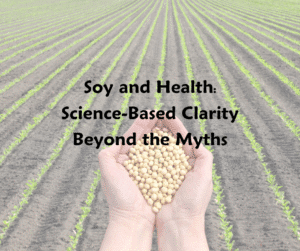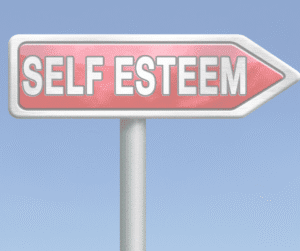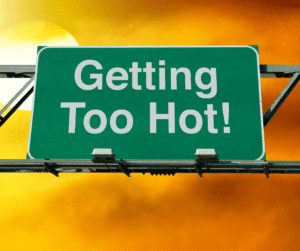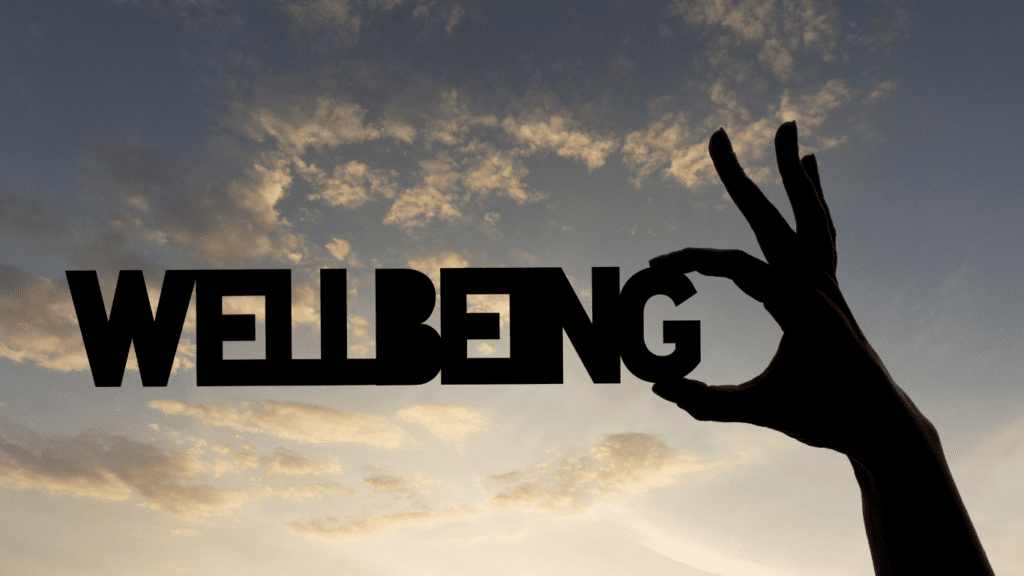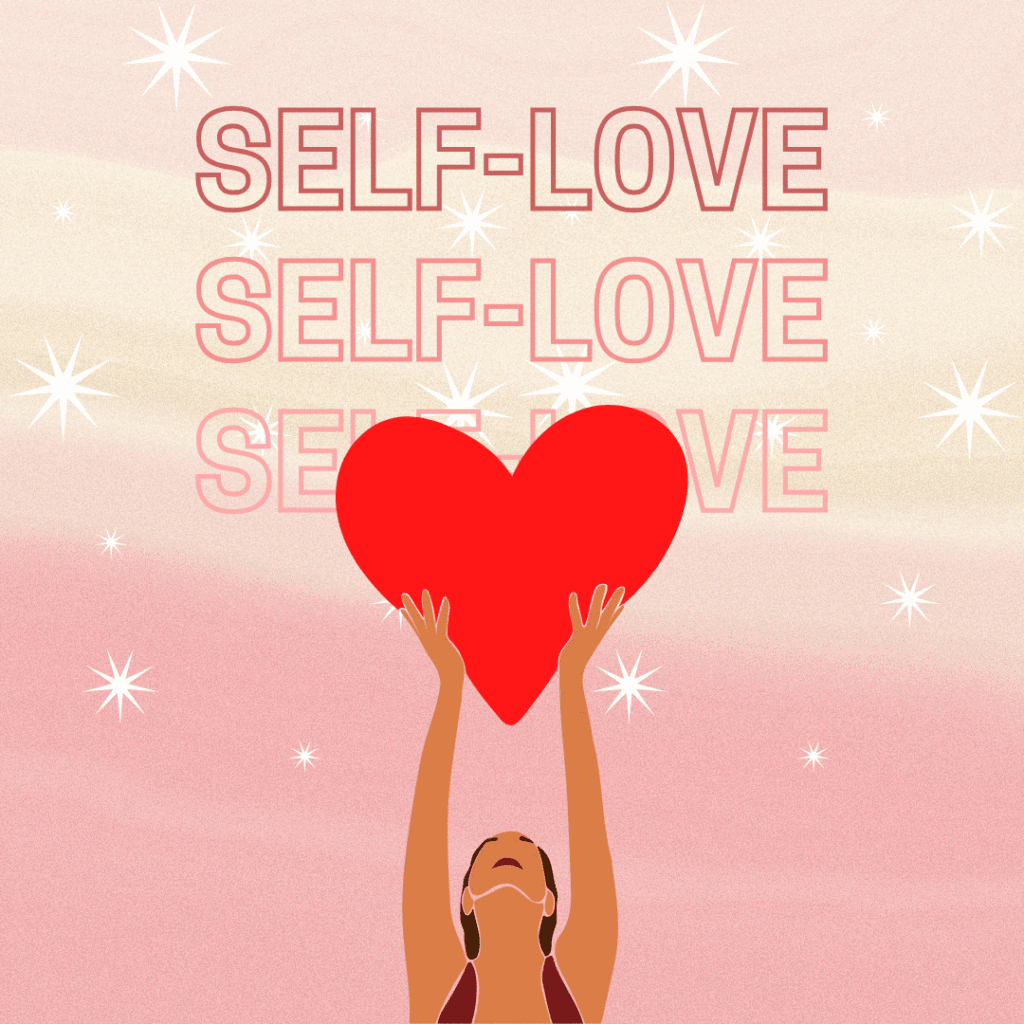
The Journey of Self-Love and Healing: A Path to Inner Peace
In a world that constantly demands validation and approval, learning to truly love ourselves can feel like an uphill battle. We often seek acceptance in relationships, achievements, or external recognition, forgetting that the deepest love, the one that truly fulfills us, must come from within.
Self-love is not just about pampering ourselves with a spa day or repeating affirmations; it is about embracing who we are at our core, flaws and all. It means healing the wounds that have shaped us, letting go of narratives that no longer serve us, and standing firm in the knowledge that we are enough.
Healing Begins with Awareness
Before we can cultivate self-love, we must first recognize where we have been carrying pain. Old wounds, whether from childhood experiences, broken relationships, or societal pressures—can create deep-seated insecurities. Healing starts when we acknowledge these wounds without judgment, allowing ourselves the space to process and release them.
The Weight of Self-Judgment
Sometimes, even looking at ourselves in the mirror can feel like the hardest thing. We see our imperfections, the things we wish were different, the traces of our struggles and instead of compassion, we meet ourselves with criticism. It’s difficult not to judge ourselves, not to carry guilt, not to feel like we should have done more, been better.
It’s so easy to fall into the trap of thinking that others are judging us too, that they see our flaws, that they look at us with disdain, that they might even be laughing behind our backs. And because of that fear, we hide. We shrink ourselves, suppress our voices, tuck away parts of who we are, parts that, if we only let them shine, would reveal the most beautiful, authentic version of us.
The Distraction Trap
Instead of facing ourselves, we fill our days with things to do, commitments, outings, even plans with people we don’t truly connect with, just to avoid being alone. We convince ourselves that being busy means we’re thriving, that keeping our minds occupied will somehow silence the deeper longing for self-acceptance. But then, what happens when we slow down? When the noise fades and we are left with ourselves?
Avoidance might work for a while, but true healing comes when we stop running. When we learn that being alone isn’t loneliness, but an opportunity to listen to ourselves, to really hear what our heart has been trying to tell us all along.
A Lifelong Journey
I know this path intimately, because I have walked it myself. I am still walking it, and probably always will. Healing and self-love aren’t about reaching a final destination; they’re about learning to live a little better each day.
At times, guilt still surfaces, but it fades quickly, because deep down, I know that things are okay just as they are. We think we’ve overcome something, and then it reappears, but each time, we see it differently, with more awareness, more acceptance, more detachment. We begin to trust that things will unfold as they should, and that we are capable of navigating them.
One of the biggest shifts for me was realizing that I am not responsible for everyone’s happiness. I no longer carry the weight of making sure others are okay, just as I don’t place my own happiness in anyone else’s hands. Each person has their own journey, their own lessons, their own choices to make. This understanding didn’t come all at once, it happened gradually, in small ways that I barely noticed at the time. But one day, I realized that despite everything, I felt at peace.
Letting Go of Pain and Resentment
Something else that has transformed for me over time is the way I process the pain caused by others. When we walk this path, the hurt doesn’t hit as hard anymore, because at a certain point, it simply stops mattering as much.
Holding onto anger and resentment only harms ourselves. We suffer, we let it eat away at us, we even make ourselves sick over something someone else has done. But why? Do we think that by being miserable, we’ll somehow achieve justice? Do we imagine that by carrying this suffering, we are taking revenge?
The truth is, revenge loses its meaning once we shift our perspective. Often, the ones who hurt others are deeply wounded themselves. Many of the painful actions we experience stem from someone else’s unresolved struggles, their own inner turmoil. And once we see that, something shifts, we stop taking their cruelty personally.
And even if, just for a moment, we allow the possibility that some people hurt us simply out of pure malice, even then, we arrive at the same understanding: it is not our problem. Their cruelty, their choices, their actions belong to them, not to us. Eventually, in one way or another, they will have to face what they have done. They will have to answer to the universe, to life itself, for the harm they have caused.
At some point, we learn to let go. To release that person, recognizing that they are just someone in pain who needs to find their own path to healing. Their choices, their hurtful actions, their negativity, it doesn’t belong to us.
And in that release, we find freedom.
The Ripple Effect of Self-Love
When we commit to loving ourselves, every aspect of our lives transforms. Relationships become healthier, as we no longer seek validation in others. We begin to appreciate the beauty around us, cultivating gratitude for the people and experiences that enrich our journey. Most importantly, we recognize that we are part of something greater, each of us a unique piece of the infinite universe.
The journey of self-love and healing is not a destination but a continuous unfolding. It is a process of meeting ourselves in each moment, embracing growth, and holding space for our own evolution.
But How Do We Begin?
I know that reading these words, you might be thinking: Easy to say, but how do I do it? I know because I asked myself the same question.
So, I started. I made small changes, adjusted my diet, shifted my daily habits, and suddenly, I felt a little better, had a little more energy. I began practicing Shiatsu, and I felt more balanced, my body a little lighter. Then I discovered Reiki, and it brought a deeper awareness, a sense of alignment within me. EFT helped me unblock emotions that had been stuck inside for so long.
And I am still on this journey. I am still working on myself every day, using everything I’ve learned, both for myself and for others. I know I will always keep going, always keep growing.
But today, I look back and see just how far I’ve already come, and I am proud of myself.
I see the road ahead, and I am proud of myself because I know I can walk it.
Techniques to Cultivate Self-Love and Healing
There are many approaches that can support our journey toward self-love and healing. Some focus on emotional release, others on energetic balance, while some help us shift our perspective entirely. Here are a few powerful techniques that can make a real difference:
Mindfulness & Presence
Practicing mindfulness helps us reconnect with ourselves in a non-judgmental way. Simple exercises like focusing on breath, observing thoughts without attachment, or engaging in mindful walking can bring more peace and clarity.
Self-Compassion Practices
Speaking to ourselves with kindness instead of criticism can reshape our inner dialogue. Techniques such as writing self-love affirmations, practicing gratitude, or using mirror work (speaking positive words to ourselves while looking in the mirror) can help reinforce a sense of worthiness.
Energy Healing Modalities: My Favorite Approach!
Reiki
A practice that channels universal energy to promote emotional and physical healing. Reiki can help clear stagnant energy, balance emotions, and bring a deeper sense of inner peace.
EFT (Emotional Freedom Technique)
Also known as tapping, EFT combines verbal affirmations with tapping on specific acupressure points to release trapped emotions. It’s an excellent tool for processing fear, anxiety, and self-doubt.
Shiatsu
A therapeutic practice using finger pressure along the body’s meridians to restore balance and ease physical or emotional discomfort. Shiatsu helps improve circulation, release tension, and bring a greater sense of connection between body and mind.
Journaling & Self-Reflection
Writing can be a powerful tool for healing. Some journaling techniques include:
Stream-of-consciousness writing: Letting thoughts flow onto paper without filtering them.
Letter writing: Writing to your past self or to someone you need to forgive.
Gratitude journaling: Listing things you are grateful for daily to shift your mindset toward abundance and appreciation.
Creative Expression
Art, dance, music, and writing all allow us to express emotions we may not be able to articulate with words. Painting intuitively, moving to music, or even singing can release energy blockages and bring joy.
Inner Child Work
Connecting with the younger version of ourselves helps heal old wounds. This can be done through visualization exercises, engaging in playful activities we once loved, or simply speaking kindly to the parts of us that still carry past fears.
Affirmations & Positive Reprogramming
Repeating empowering affirmations daily can gradually shift our subconscious patterns. Phrases like:
I am enough.
I deserve love and respect.
I release what no longer serves me.
help transform how we see ourselves over time.
Grounding & Nature Therapy
Spending time in nature, walking barefoot on the earth, or simply sitting with trees and water can be deeply healing. Nature has a way of reminding us of our own inner balance and resilience.
Each of these techniques can contribute to greater self-acceptance, healing, and personal transformation. The key is to explore what resonates with you and allow yourself to evolve at your own pace.


